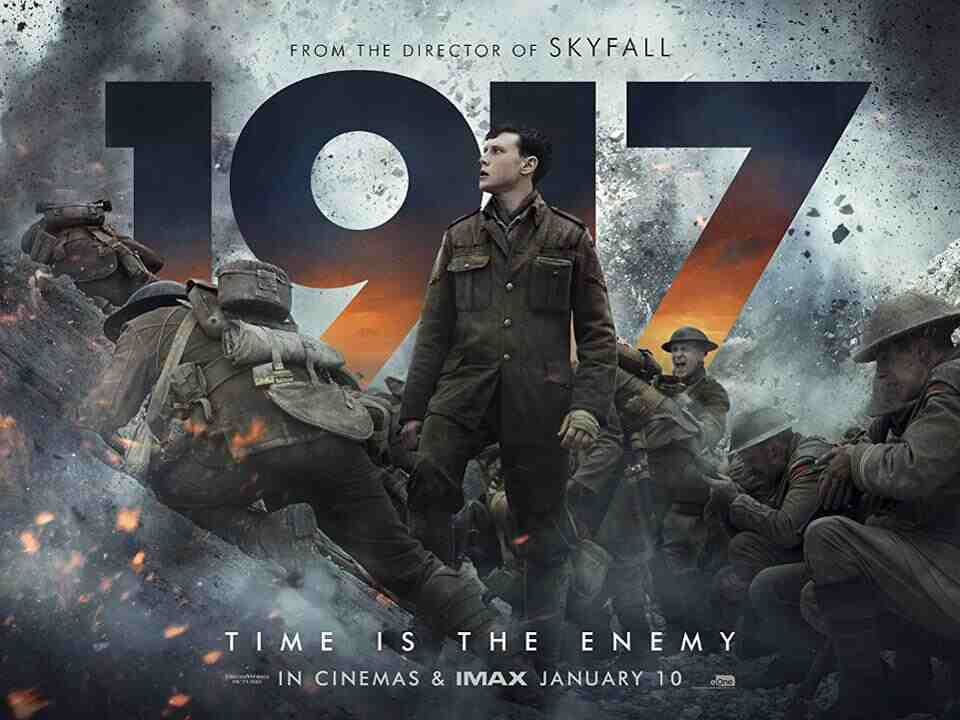
The Problem with War Films: “1917”
1917 is a film that is so self-consciously overwrought and virtuosic that it may be the only thing to give it an Academy Award for Best Cinematography, Best Picture, and Best Director.
The cinematography in this case is the direction, as the line between the camera calisthenics credited to Roger Deakins and Mendes’s aspirations to realism is as thin as all the digital edits made by Lee Smith, which suture together multiple takes into one seamless-seeming whole.
1917’s World War I narrative is designed to play out in the form of a single, extended, endlessly mobile shot, an aesthetic with plenty of conceptual precedents but a newly remarkable means to realize it. More than any other movie released this Oscars cycle, 1917 wears its technical complexity on its sleeve, just like the medals bandied about by the two young British lance corporals who serve as the story’s heroes.
The film is not an austere entertainer, but uses the context of World War I to attempt a necessarily sexless, humorless variation on the Bond franchise he hijacked in Skyfall and Spectre. The clichés of the script keep bumping up against the real-time conceit in ways that feel ridiculous. Comparisons between sitting through 1917 and watching somebody else’s video game livestream are apt, not only because of the overcranked action and the thinness of the characterization and dialogue, but also because Mendes’s mandate of “immersion” results in a frustratingly passive viewing experience.
